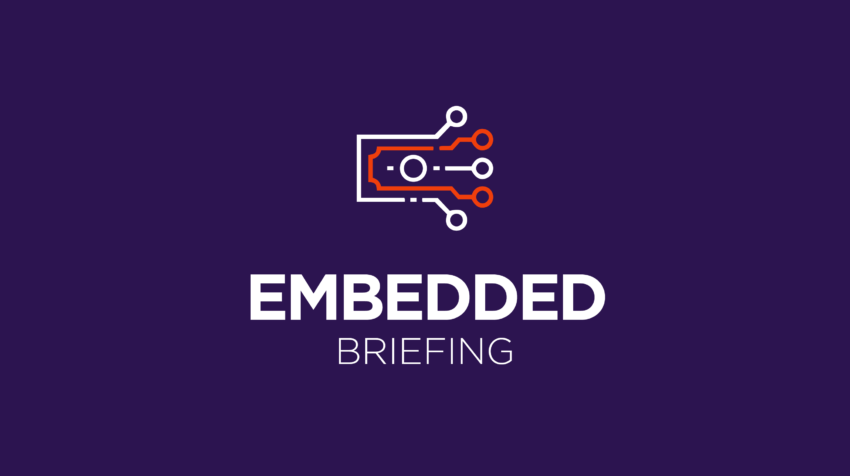Embedded Finance, Member Exclusive
Embedded Briefing: How embedded platforms rose in preference for SMBs looking to borrow
- In 2021, alternate lenders led the uptick in SMB loan application approval, approving 24.5% of the loans, as against the 23.8% approved by institutional lenders.
- Why have traditional lenders been unable to effectively meet SMB demand? Because they can't figure out how to do it profitably.








